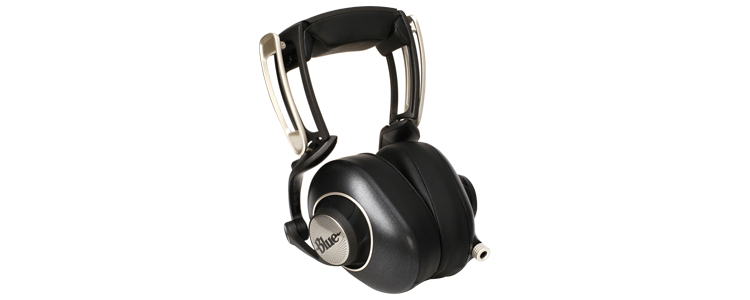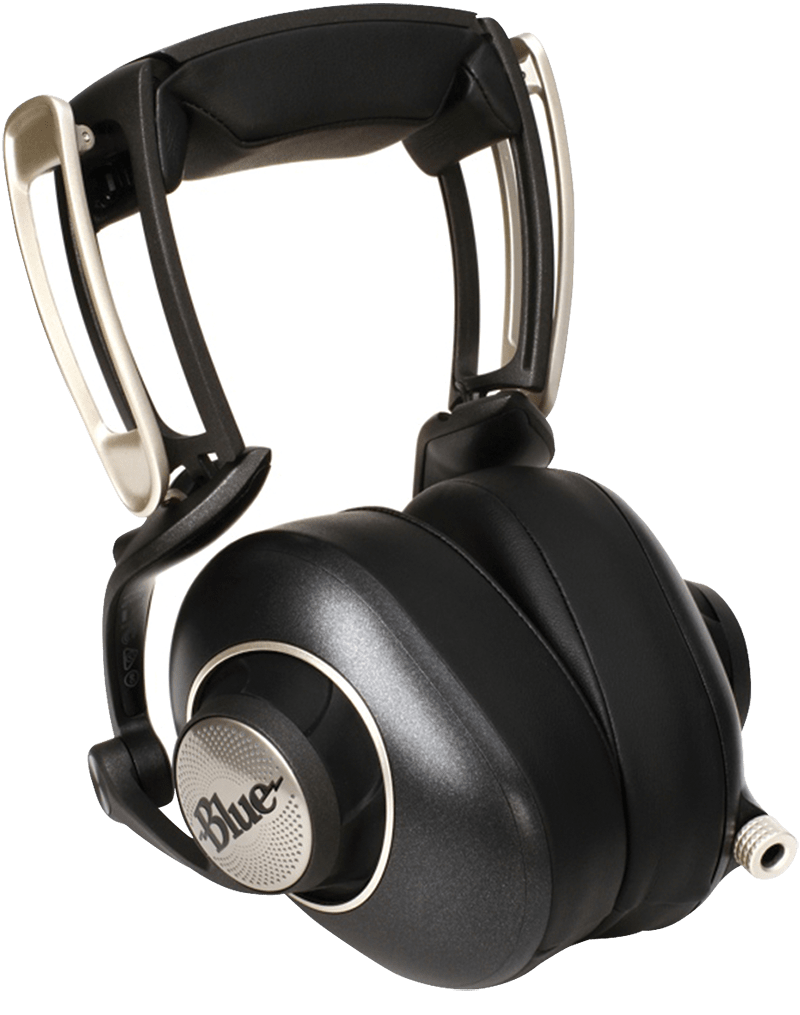Blue Designs Sadie Review – Long-Haul Headphones
Sadie boasts better figures than her older, more expensive sister Ella, but can Blue Designs hit the nail on the head? Andy Jones finds out… Price £369 Contact Blue Designs Sadie key features: Closed-back headphones with sealed over-ear design Built-in amplifier 50mm fiber-reinforced dynamic driver SNR: > 105dB Impedance: 42 ohms Output power: 240mW Freq. […]

Sadie boasts better figures than her older, more expensive sister Ella, but can Blue Designs hit the nail on the head? Andy Jones finds out…

Price £369
Contact Blue Designs
Sadie key features:
- Closed-back headphones with sealed over-ear design
- Built-in amplifier
- 50mm fiber-reinforced dynamic driver
- SNR: > 105dB
- Impedance: 42 ohms
- Output power: 240mW
- Freq. response: 15Hz-20kHz
- 1.2m and 3m cable, 6.3mm, cloth case
- Weight: 444g
- Rechargeable battery – up to 12 hours of playtime
We first came across Blue Designs ’phones a couple of NAMMs ago and have since tested a few, the most recent being the Ellas. In the main, they sound as good as they look, although at £699, the Ellas really should!
At around half the price, Sadie only suffers marginally compared to Ella’s specs; in fact, its frequency response is better, getting down to 15Hz, so on paper, we have great- looking Blue headphones that are a match for their much more expensive relation.
These are very cool-looking headphones to start with. They are blacker than they look in the picture, with a kind of gold/sepia-coloured finish in places which, when combined with the way they expand and contract, gives them an alien/steampunk vibe.
This ‘contraction’ design is what drew us to the Blue range in the first place. The ’phones take some design inspiration from Formula One cars, apparently, but it’s not just about looks, because they expand over your head like alien facehuggers. The result is not chest-bursting death, though, just a great headphone experience, and one that is quite insulated from the outside world.
An onboard amp helps here, and like the Ella, there are three modes: On, Off and On+ (to deliver a bit more bass). In practice, you’ll probably want to keep the amp on, as the level is quite low otherwise; it’s okay for high-output audio gear, but not for home audio listening.
In terms of their sound, the Ellas were better for mixing – there was more detail and the impression of a wider sound stage – but these aren’t too far off and for the money, not bad at all. You can distinguish clashing basses, always a plus, and there is a pleasing flatness. And we have to address one of the most important things for long sessions: comfort.
It’s always frustrating when badly fitting ’phones impinge on your creative flow. Sadie does hug you well and will be a godsend for longer jobs. So they sound great and feel great, but for mixing, you shouldn’t be afraid to spend a bit more. Their older sister Ella and our trusty Beyerdynamic DT 1990s and AKGs still come out on top.